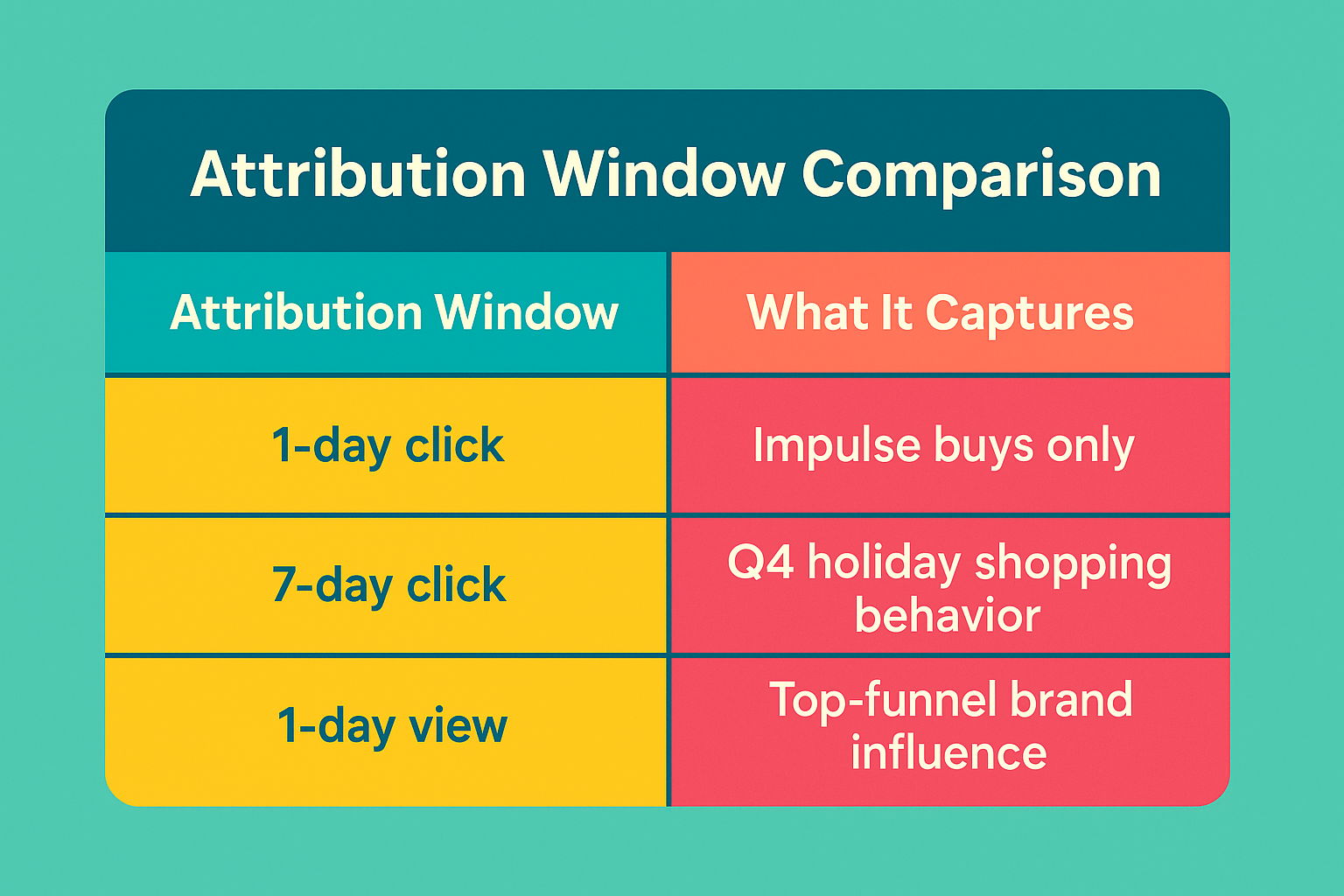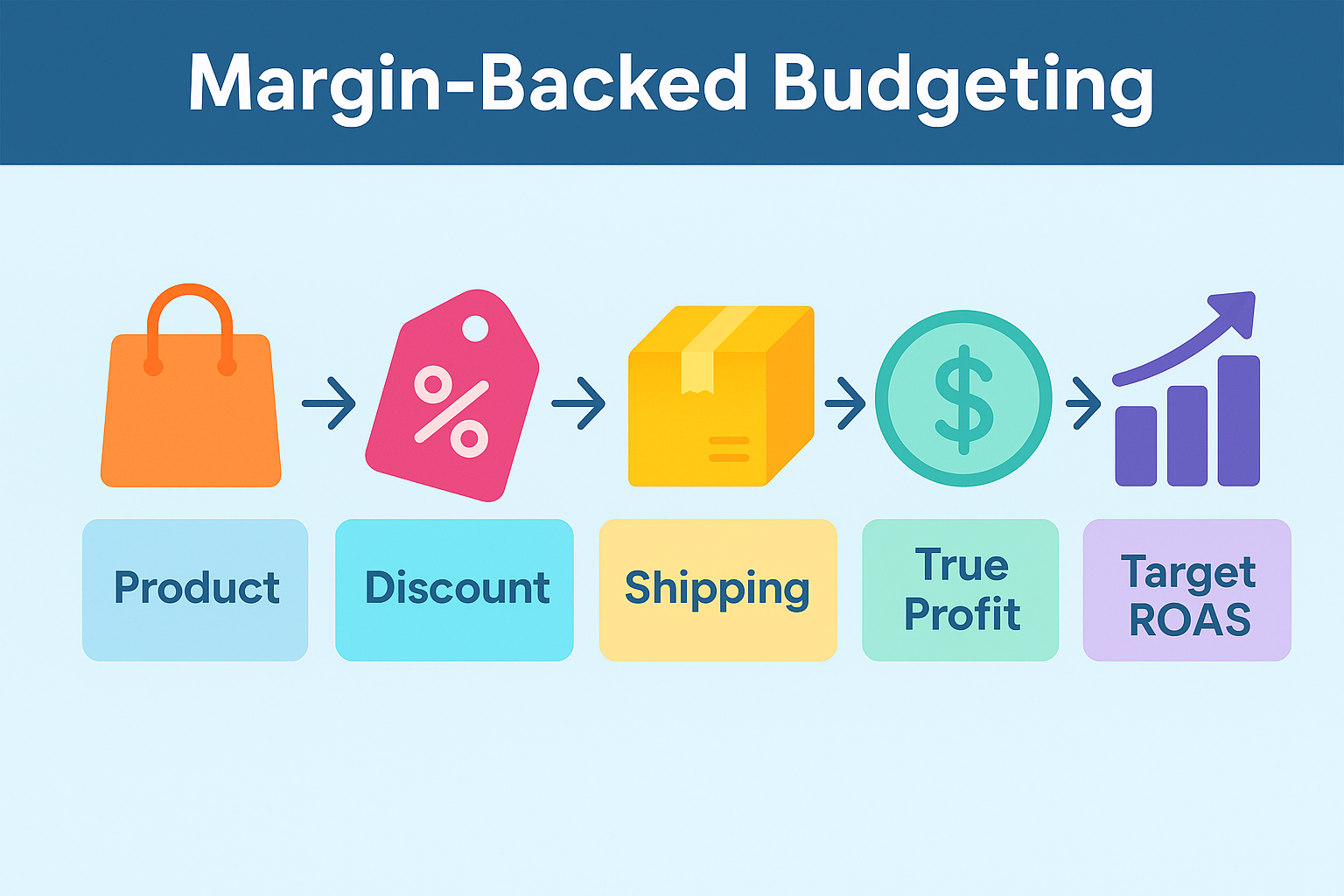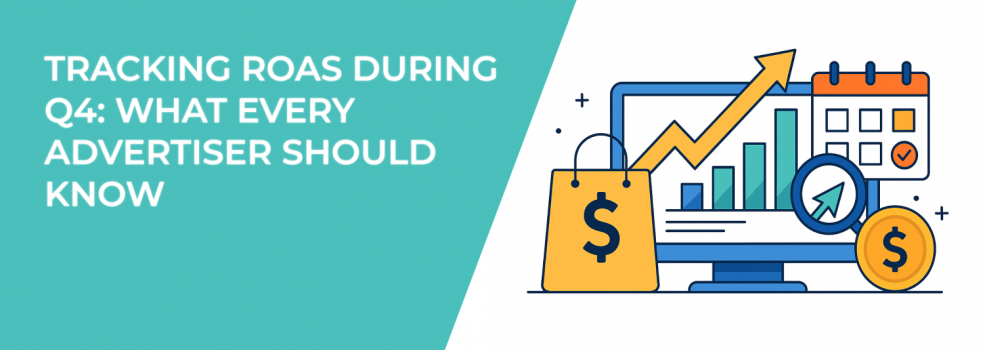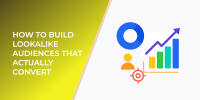Q4 is wild. Black Friday. Cyber Monday. Holiday sales chaos. It’s the quarter where budgets balloon and competition hits its peak. But while many advertisers throw everything at the wall, only the smart ones track what’s sticking — and that’s where ROAS (Return on Ad Spend) makes or breaks your quarter.
So how do you actually measure success during Q4? And how can you trust your ROAS numbers when conversions come from multiple channels and delayed actions?
Let’s break it down.
Why ROAS Becomes Trickier in Q4
You might think ROAS is just a simple calculation: revenue divided by ad spend. But during Q4, that logic gets messy fast. Here’s why:
-
Conversion windows stretch. Shoppers click an ad, browse, compare, wait — and then convert days later.
-
Cross-device behavior spikes. Someone scrolls on mobile, buys on desktop.
-
Attribution gets noisy. With more channels and campaigns firing, it's harder to know which touchpoint actually converted.
-
Discounts skew value. ROAS can look strong, but are your margins still intact?
That’s why blindly trusting native platform ROAS during Q4 can backfire. You need context, nuance, and smarter reporting.
Use the Right Attribution Window
If you're using default attribution settings, you're probably underestimating Q4 performance. Especially on Facebook, where delayed conversions are common.

To fix that, make sure your attribution settings match your sales cycle. For example, adjusting to a 7-day click / 1-day view window can help account for shoppers who take their time to buy.
If you're confused by what attribution windows actually mean in Facebook Ads, this guide on Meta Ads Attribution: What to Know About Windows, Delays, and Data Accuracy breaks it down clearly.
Don’t Treat Top-of-Funnel Like Bottom-of-Funnel
Not all campaigns should be measured with the same ROAS expectations.
Awareness campaigns won’t drive immediate purchases — and they’re not supposed to. So if you’re running video views or reach campaigns, don’t panic if the ROAS looks low.
Split your Q4 campaigns by funnel stage:
-
Top of funnel: Track reach, engagement, and view-through behavior.
-
Mid funnel: Watch cost per product view, add-to-cart, and intent signals.
-
Bottom of funnel: That’s where ROAS actually tells the real story.
For a better structure, check out Facebook Ads Funnel Strategy: From Audience Identification to Conversion — it helps you organize campaigns that serve different goals, not just immediate sales.
Blended ROAS vs Platform ROAS: What You Should Watch
Blended ROAS gives you a bigger picture: total revenue divided by total ad spend across all channels. It's more honest. But it also hides attribution problems.
During Q4, you may see your blended ROAS rise — not because your ads are working harder, but because more organic or direct traffic converts due to seasonal demand.
To avoid that trap:
-
Compare channel-level ROAS alongside blended numbers.
-
Run geo-holdout tests to see what happens when you don’t advertise.
-
Monitor assisted conversions in Google Analytics or Meta’s attribution tool.
Want a deeper dive into this? Read Is Your Campaign Really Profitable? Understanding Blended ROAS to make sure you’re not misreading inflated performance.
Budget Based on Margins — Not Just ROAS Targets
Here's a Q4 trap: chasing high ROAS while eating away your margins.
If you're offering 30% off and covering free shipping, a 3.5x ROAS might look good — but it may not be enough to stay profitable.

Build your Q4 strategy around margin-informed ROAS goals:
-
Know your break-even ROAS per product.
-
Account for seasonal costs (fulfillment, returns, discounts).
-
Assign realistic targets per funnel stage and objective.
You’d be surprised how many campaigns look successful — until you factor in actual profit.
Watch for Campaign Red Flags Early
Q4 is not the time to “set it and forget it.” Delays kill momentum.
Keep tabs on:
-
Click-to-conversion lag: Is it growing? Shrinking?
-
Ad set delivery issues: If you see the message “Ad Set May Get Zero”, read this guide immediately.
-
Audience burnout: ROAS may drop due to ad fatigue, not offer fatigue.
You don’t want to spend days pumping budget into an underdelivering ad set during peak sales season.
Final Thoughts: Measure Smart, Not Just Fast
In Q4, every dollar matters. Every hour counts. You can’t afford to look at ROAS in isolation.
Build your view with:
-
Funnel-stage segmentation;
-
Proper attribution timelines;
-
Margin-aware performance targets;
-
Holistic channel-level analysis.
And remember — if your Facebook Ads aren’t converting, don’t just blame the ROAS. Revisit your creative, landing page, or targeting. This article outlines fixes that actually move the needle.
ROAS is a compass, not a scoreboard. And in Q4, navigation matters more than ever.

